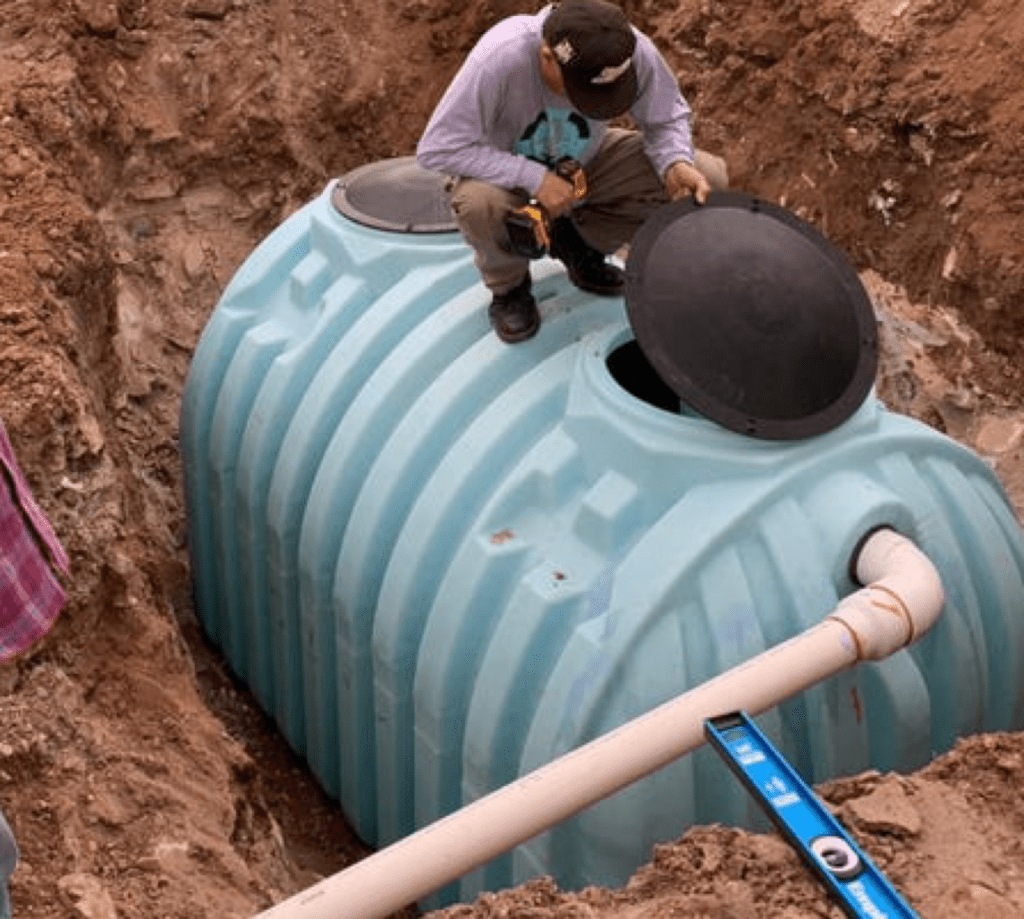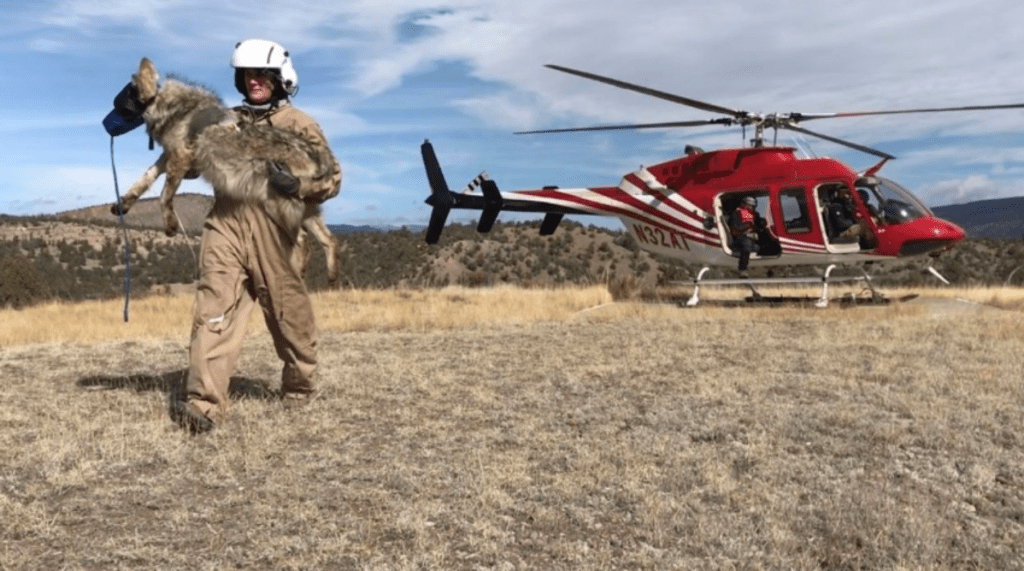Daniel Salzler No. 1046 EnviroInsight.org 5 Items April 24, 2020
—————Feel Free To Pass This Along To Others——————
If your watershed is doing something you would like others to know about, or you know of something others can benefit from, let me know and I will place it in this Information newsletter.
If you want to be removed from the distribution list, please let me know. Please note that all meetings listed are open.
Enhance your viewing by downloading the pdf file to view photos, etc. The attached is all about improving life in the watershed.
This is already posted at the NEW EnviroInsight.org
1. Las Vegas Drops Plan to Pump Water from Rural Areas
Las Vegas, Nevada, abandons plans to pump water from rural parts of the state. “We know we aren’t going to be able to restore the delta to the way it was before, because it’s impossible now. But we know that with the restoration work we’re doing, planting trees, creating pathways, it’s working — even though we don’t have water flowing there all the time.” –Gaby Caloca, a member of the Mexican environmental group Pronatura Noroeste, in reference to restoration efforts in the Colorado River Delta. In recent decades, the delta has been plagued by drier conditions and shrinking water supplies, but activists have successfully managed to foster growth in some parts of the threatened ecosystem. AZ Central
2. Report: Arizona’s Colorado River water supply will hold steady next year.
A state water manager says voluntary water reductions as part of the drought contingency plan are working in the short term.
Arizona’s water supply from the Colorado River will remain consistent into next year. That’s good news in the eyes of state water managers. Under the drought contingency plan hammered out by Colorado River Basin states last year, Arizona agreed to voluntarily reduce its water use by 192,000 acre-feet, or about 7%, leaving that water in Lake Mead to help reduce the likelihood of greater cutbacks down the road. Tom Buschatzke, director of the Arizona Department of Water Resources, says data from a new Bureau of Reclamation report show that plan is working.
“What the 24-month study shows to me, among other things, is that the drought contingency plan is a success. We are doing what we hoped to do,” Buschatzke said. According to the report, levels in Lake Mead will mean that in 2021 Arizona will take the same 7% cut to its water use as it did in 2020, under a Tier Zero condition. The study also projects a Tier Zero condition for Lake Mead in 2022.

Those cuts to Central Arizona Project (CAP) supplies mostly fall on state water banking and replenishment efforts, and on agricultural users to a lesser degree. The current reductions will not impact tribal or municipal CAP water users.
Buschatzke said CAP has already been conserving roughly that amount for several years. But in a press release on the report, Buschatzke noted there is still more work ahead. “We continue to face significant near-term and long-term risks to Arizona’s Colorado River supplies,” he wrote.
ADWR and the Central Arizona Water Conservation District plan to hold meetings with water stakeholders in advance of the next round of Colorado River Basin negotiations later this year
3. Navajo Nation’s Water Shortage May Be Supporting COVID-19 Spread. A shortage of running water is contributing to sickness and death.
As the coronavirus pandemic swept across the United States, few places were harder hit than Navajo land. Its 24,700 square miles are sparsely populated, with only 175,000 Navajo citizens living in an area the size of West Virginia.
Yet as of late last week it had confirmed more than 1,000 cases of COVID-19. As a percentage of the population, the nation’s infection rate is nearly 10 times that of Arizona’s. Jason John, director of the Navajo Nation Department of Water Resources, attributes the spread to two things. The tribe faces a chronic housing shortage, with an estimated half of all homes housing multiple generations.
Just as importantly, many of those residents lack running water. While the virus has attuned the whole country to the idea of “wash your hands for 20 seconds,” at least 15% of Navajo Nation homes have no running water at all, according to the official tribal tally.
“When one gets it,” John said, “it goes through the whole household pretty rapidly.”
The real number may be 40% to 50%, Peshlakai said. “You see a lot of NHA (Navajo Housing Authority-built) homes with little hogans or even sheds where children or grandchildren live in their relatives’ yard, and then they just get water from their relative,” she said.
The lack of water access has roots in the history of tribal reservations and federal land use, the byzantine nature of western water law, and the broader lack of infrastructure funding for the Navajo Nation, tribal members and experts said.

John said that not having adequate water in the home also makes it nearly impossible to follow one of the most important recommendations from the Centers for Disease Control on how to avoid infection. “It’s really hard for families who don’t have access to water or wastewater facilities,” he said. “They tell you to wash your hands for 20 seconds, but people can’t even do that.”
The shortages are not only of water. John said a lack of sewer service, electricity and internet all deteriorate public health. John said the current tally of homes without water is a drop from the 30% listed on the water department’s website or other sources. John attributes that to updated Indian Health Service tallies and to slowly completing a backlog of nearly 400 water and sanitation projects.
4. Wolf Species Rebounds in Southwest, Angering Ranchers

A U.S. Fish and Wildlife Service biologist carries a Mexican gray wolf from a helicopter in January after it was captured near Reserve, N.M., during an annual survey of the endangered species.
The Mexican gray wolf’s population has reached record levels, sparking a fight between environmentalists and some locals.
The Mexican gray wolf has rebounded to its highest numbers in the American Southwest since its near extinction a half-century ago—to the delight of environmentalists but angst of some ranchers.
Considered the most endangered of the world’s wolf species, the Mexican gray wolf disappeared from its native habitat in the southwestern U.S. and northern Mexico in the 1970s due largely to hunting and trapping. They remained out of the wild until 1998, when 11 wolves raised under a captive breeding program run by the U.S. Fish and Wildlife Service were released in the mountains of eastern Arizona.
Since then, the Mexican gray wolf has been on an upward trajectory—reaching a record 163 in the Southwest in 2019, 24% higher than the previous year and the 10th straight year of increases, according to the Mexican Wolf Interagency Field Team, a task force of various government agencies.
Federal wildlife officials say the higher numbers come after recovery efforts that have included placing captive-born pups in dens to be raised by wild adults and expanding areas where the animals are released. The wolves now mostly inhabit a mountainous region on the border of Arizona and New Mexico, living in 42 different packs.
“This is really encouraging news at a time when we all need some encouraging news,” said Bryan Bird, Southwest program director for Defenders of Wildlife, an environmental advocacy group. “It’s a pleasant surprise to see the population increase by this much.”
But ranchers in the region say the wolves have decimated their herds, taking down hundreds of calves and other livestock over the past two decades. “They have had a catastrophic impact on ranchers in the wolf recovery zone,” said Caren Cowan, executive director of the New Mexico Cattle Growers’ Association. “One rancher reports losing a cow or calf every other day.”
Ms. Cowan and other advocates for ranchers have argued for limited hunts of the wolves and higher payments by the federal government for the loss of a cow or calf.
“If they could hunt the wolf, it would change their behavior,” Ms. Cowan said. But environmentalists say the Mexican gray wolf numbers remain far too low for that.
Mr. Bird said environmentalists have worked with ranchers to come up with techniques to deter wolves, such as having hired riders chase them off—but Ms. Cowan said many of those are ineffective.
“Generally, the Mexican gray wolf has become identity politics,” Mr. Bird said. “You get the entrenched camps on both sides of the issue.”
The conflict reflects the tensions that have played out in the northern Rocky Mountains since a related species, gray wolves, were reintroduced there in 1995. The predator’s population has grown to more than 1,500, expanded their range across much of the Pacific Northwest and wreaked so much damage to livestock that hunting seasons have been opened in states including Idaho and Wyoming.
Even with their resurgence, the Mexican gray wolves are in a far more tenuous position, wildlife biologists say. One threat they face is inbreeding, because their numbers are so concentrated geographically, Mr. Bird said.
As a result, he and other advocates are pushing for federal authorities to relocate the wolves in more dispersed locations, such as northern Arizona and the southern Rockies of New Mexico.Source: Wall Street Journal April 8, 2020.
5. What Did You Do To Celebrate Earth Day? April 22 was Earth Day, what did you do to celebrate Mother Earth? Ride a bike, plant a vegetable garden , or perhaps just sing the Earth Day theme song (by Devin Townson). Here are the words…..
Eat your beets, recycle…recycle…
Don’t eat your beets, recycle…recycle
The message is; ‘THERE IS NO MESSAGE’
Babe, you better not ever think
Staring into the drink…get out of my mind…
Cause I may not be the one to say
Is there no other way we could do this another day?
I saw God
She said…’If you don’t believe me, guaranteed you’ll never leave me’
On your way, and out of my time
But I didn’t even know if it was true or just a result of chemicals
Shut up and think of something more important to say…
‘Sometimes I think that in every straight there’s a gay!’
Something or nothing a whole either way it’s a way
It’s a way, It’s a way, it’s a way, it’s a way
EARTH DAY, EARTH DAY, EARTH DAY, EARTH DAY
It’s a way, it’s a way, it’s a way, it’s a way…
EARTH DAY, EARTH DAY, EARTH DAY, EARTH DAY
It’s your birthday, it’s on Earth Day
Like a child you’re born again, little child you’re bored again…
It’s your worst fucking day, it’s on Earth Day…
Little lies to cover up…please make your mind up
Copyright EnviroInsight 2020
